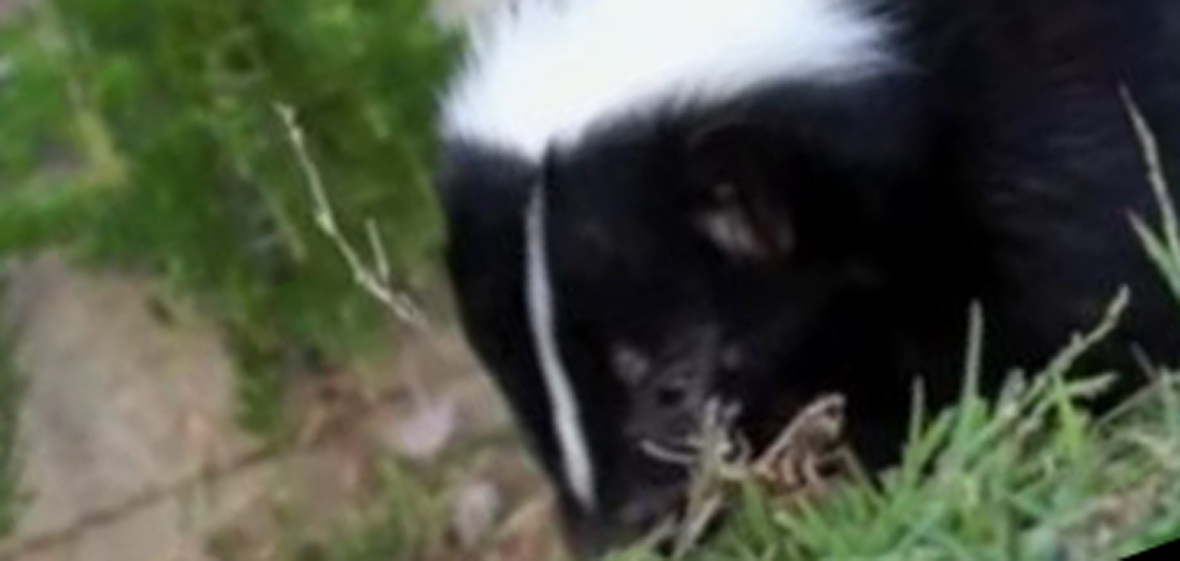- USA Wildlife Removal Education Guide - Skunk Mating Habits
Skunk Mating Habits

The females can be resistant: if they are not ready to mate, they may spray the suitor with a foul-smelling substance that quells his ardor and sends him off to find a more willing female. This process often results in the “skunk smell” that often pervades the air on warm spring nights.
Older females come into estrus beginning in February; younger ones as late as March or April. Once a male has mated successfully, he does not stick around, usually moving on to repeat the process. That is fine with the female, who then dens up, leaving her winter haven for a maternity den and furnishing it with a bed of grass and leaves. She often shares the quarters with other pregnant females.
Female skunks can become pregnant in their second year and in a typical population, the majority of the females will either be pregnant or will have recently given birth to a litter. Litters are born 60- to 75 days after mating and at birth the babies are blind, deaf and virtually hairless. Litters average about six kittens, or “kits,” but can range upwards to a dozen or more.
Mother skunks suckle their babies for six- to eight weeks, during which the kits grow so quickly that at the end of that time they are weaned and able to join her in foraging for food outside the den. The baby skunks reach near adult size by their tenth month but they often stay with the mother until the end of winter and even until the approach of the next mating season.
While normally placid, mother skunks can display various types of threatening behavior if they sense that their babies are in danger. Warning signs can include stamping their front feet, raising their tail, hissing and even charging the perceived threat. The ultimate weapon, of course, is the noxious spray of musk, which is preceded by the skunk twisting its posterior in the direction of the threat.
Once they’re grown and ready to leave their mother, young skunks travel up to several miles to establish their own range -- the females on the lookout for new den sites and the males biding their time.
If you need help, we service the entire USA! Click here for a wildlife removal specialist in your town!
Go back to the main Skunk Removal page for more information about Skunk Mating Habits.

